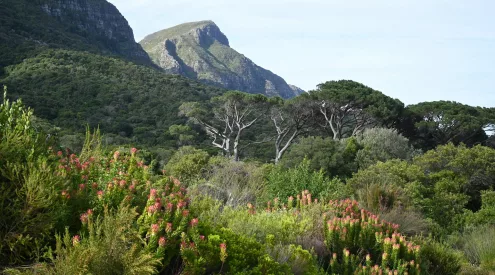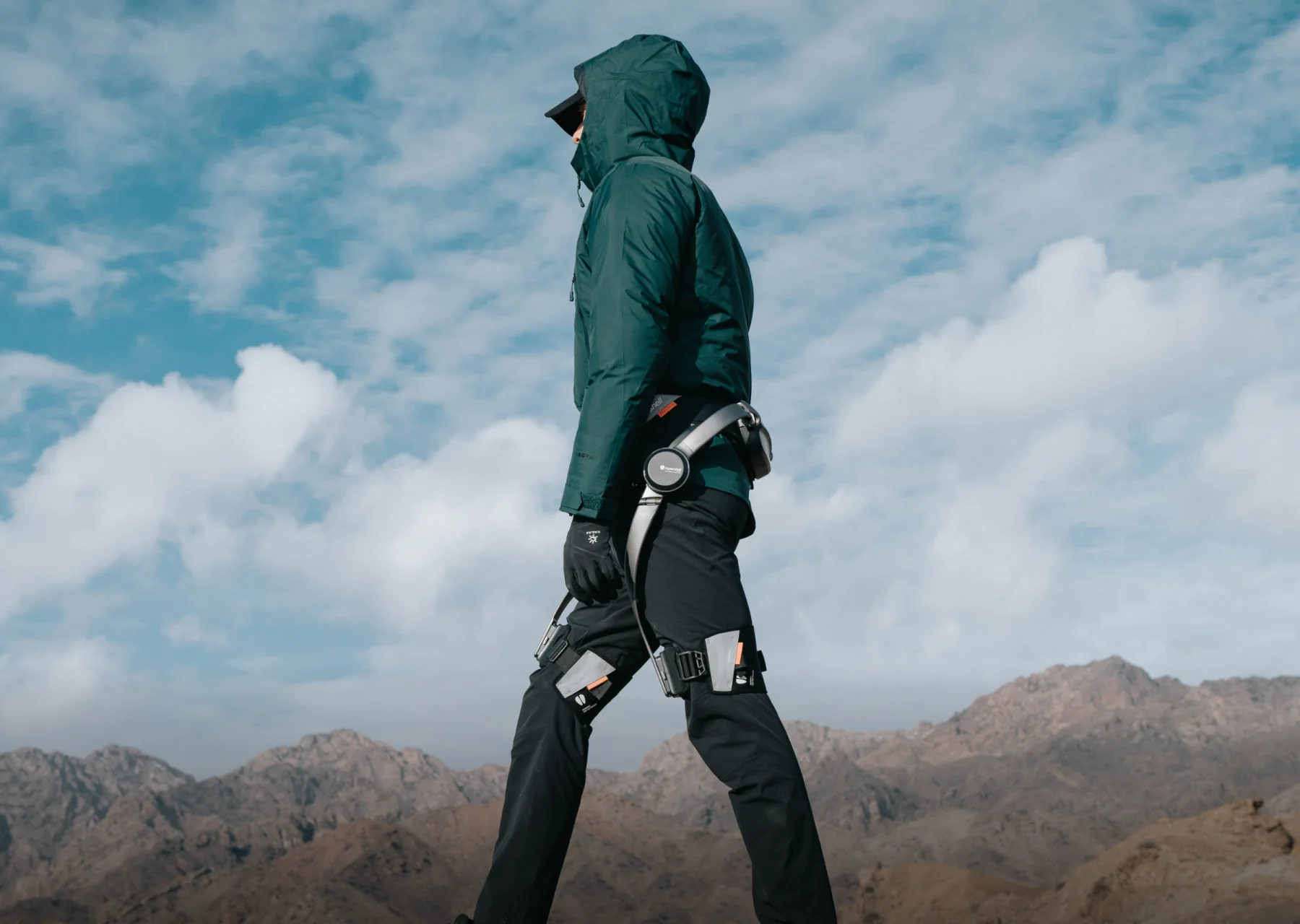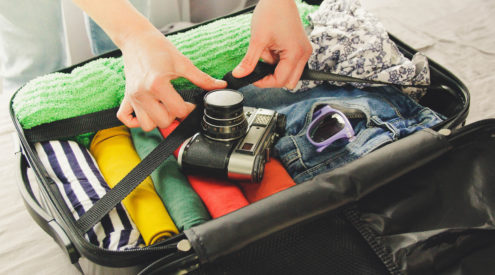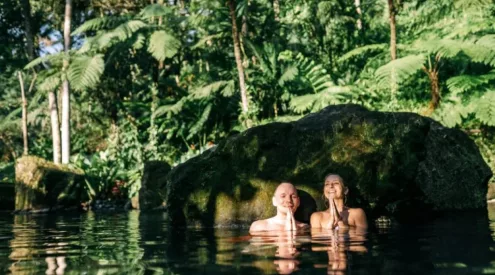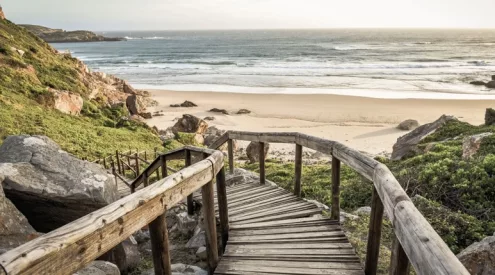The KZN section of the “Marine Census” is now complete and although disappointing from a marine animal perspective the weather played a big role in moving the animals from the inshore waters to more comfortable conditions offshore – a well documented phenomenon with regard to marine animal movements in adverse weather conditions.
Ponta Do Ouro/Kosi Bay border:
Day 1:
Dolphins at regular intervals (bearing in mind that the average pod home range is approximately 32.5 square kilometres). The biggest pod we saw was over 20 animals strong. There were four sightings of pods between 10 and 20 strong and the obvious scouts of singles and pairs – away from the main pod but certainly close enough to be affiliated to the groups we noted.
Jason Ribbink saw a big shark in the shallows north of Black Rock but closed his eyes and shrieked like a girl until we came to his rescue. Unfortunately by then the apparently terrified shark had headed for deeper water so no positive i.d was possible.
Barry Lewin saw a seal between Nine Mile and Mabibi. It is possible but given that Barry normally paddles surfski’s a a more sedate pace than the blistering pace of the Yamaha FX1800’s it is possible that the water streaming from his eyes as he tried in vain to keep up with the rest of the crew caused him to start seeing things.
Day 2:
Dolphins at regular intervals from Sodwana to Cape Vidal and then a noticeable zero report in the area from the wreck of the Jolly Robinho to Richards Bay. Hoped to pick up some Humpback dolphin but no luck. Humpback dolphin numbers in South Africa are probably as low as 200 individuals and Richards Bay is one of the hotpots for this dolphin species on the South African coast.
Days 3, 4 & 5:
The Coast2Coast4CANSA crew have just completed the first provincial leg of their arduous 3000 kilometre epic. The KZN coast will have disappeared behind the crew by 06h00 on Monday the 26th April 2010. Along the way the team have been collecting water samples for SAEON and keeping a record of all marine life spotted during the daily legs. The northern KZN coast had the expected abundance of dolphin and turtle activity but it took the crew over 200km to spot their first whale shark. Team rider Barry Lewin spotted the 7m specimen just north of Ballito and about 200m offshore.
The team have been plagued by bad weather on the KZN leg when an untimely cold front put the team on the backfoot. Mother Nature has thrown everything at the riders, including the proverbial kitchen sink. On day one of the KZN leg the team faced a South Westerly wind of 15knots which made the 200km ride a tough ask. The water was crystal clean inshore and apart from the regular dolphin sightings Jason Ribbink spotted a shark in the clear water which he could not identify.
Day two dawned with a strong north westerly wind but the team were able to tuck in close to shore and were afforded protection from the high vegetated dunes. Once again, the dolphin pods were spotted at regular intervals but little else was seen in otherwise perfect conditions.
On day three mother nature intervened and despite a valliant effort by the team to put to sea a burst fuel bladder on Jason Ribbink’s WaveRunner put paid to further progress and a planned meet with the South African Rugby Legends at Durban Ski-Boat Club was missed by the team. Our awesome and tireless media co-ordinator , Olivia Symcox, made a plan and the event was well attended and went off without a hitch. Although no animals were spotted by the team in the hour and a half at sea (it goes without saying that any self-respecting marine inhabitant would have headed for deeper water in the face of this terrific gale) a water sample was taken in accordance with the strict scientific protocols for the biodiversity study and thus although the day was a write off in terms of distance covered it was not a loss to science.
Day four went from rest day to work day and the team were greeted by five meter swells and a stiff south wester as they waited for permission to leave the harbour of Richards Bay. After some nervous exchanges and much cajoling the Port captain allowed the team to leave and a tough day at sea ensued. The first dolphins were spotted off the Durban Ski-boat Club and this would have been a surprise under normal sea and surf conditions but it was self evident to the team that this paucity of activity related to the horrendous sea and surf conditions. The water samples collected resembled mud to the naked eye from all of the stirred up sediment.
Day five also saw very little dolphin activity and only a few turtles were seen breaking the surface. The sea was still huge and the wind picked up from the north east to test the riders downhill riding ability.
The KZN section of the “Marine Census” is now complete and although disappointing from a marine animal perspective the weather played a big role in moving the animals from the inshore waters to more comfortable conditions offshore – a well documented phenomenon with regard to marine animal movements in adverse weather conditions.
The Eastern Cape beckons and with a much more favourable weather forecast the team hope to document more animals on this extremely rich part of South Africa’s coast.

